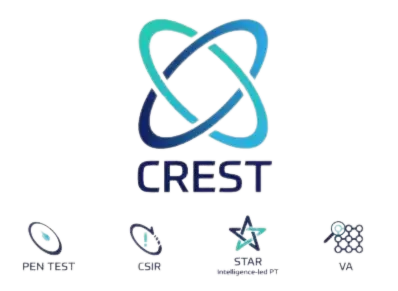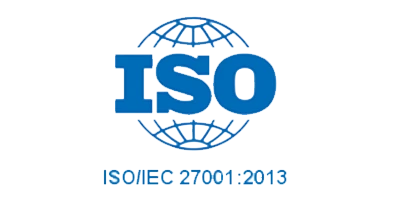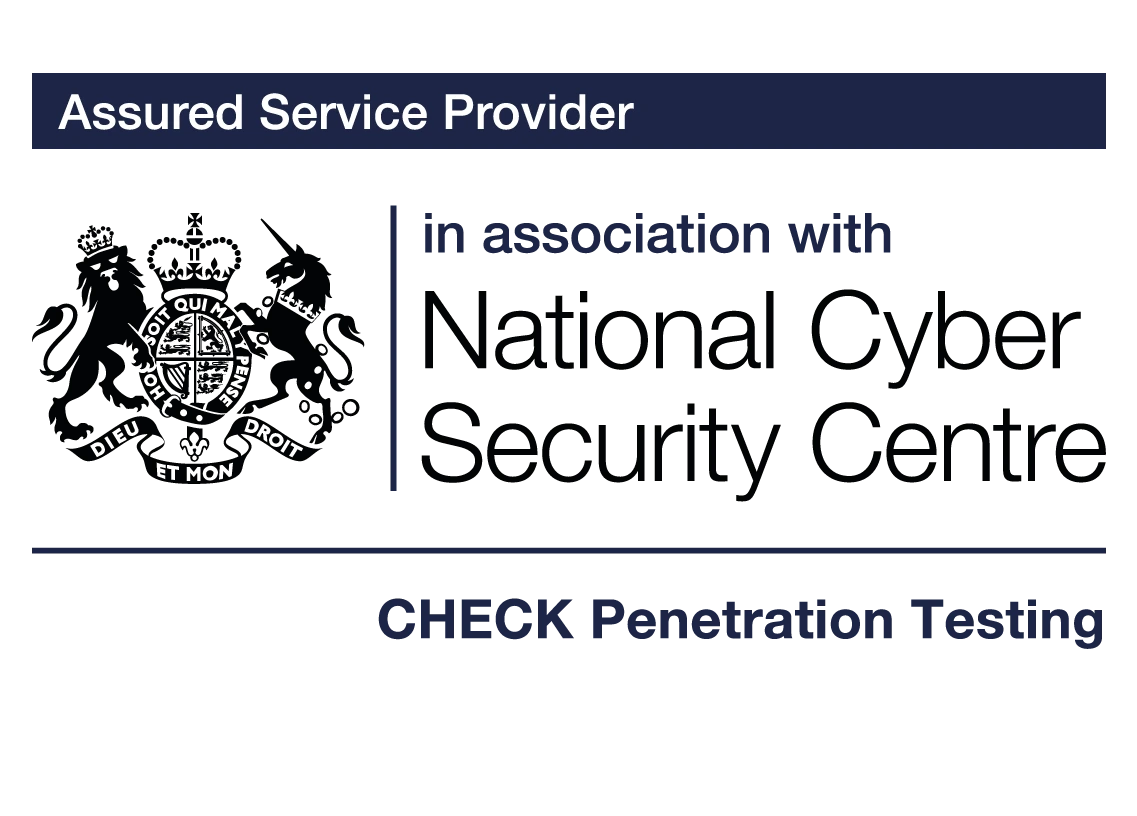What is Agile SDLC? (Software Development Life Cycle)?
Agile SDLC is an iterative approach to software development, emphasizing flexibility, collaboration, and customer feedback. It's structured in such a way that the development process adapts and evolves through the collaboration of cross-functional teams.
Introduction:
The Agile Software Development Life Cycle is not a linear path but a continuous cycle. It's a strategy that optimizes the development process to be more flexible and responsive to changes.

Phases of Agile SDLC:
- Requirements and Planning: The team discusses and records the customer's needs. This phase is more dynamic in Agile, with requirements being revisited throughout the SDLC.
- Design: Both the UI and software architecture are designed. In Agile, this is a continuous process, with design being revisited based on ongoing testing and feedback.
- Development and Coding: Teams work in iterations or sprints, typically lasting 2-4 weeks, producing a "potentially shippable product" at the end of each sprint.
- Testing: Unlike traditional models where testing is a separate phase, in Agile, testing is continuous. This ensures that bugs are caught and fixed promptly.
- Deployment: Features are regularly released in smaller chunks, ensuring that products reach the market faster.
- Review & Feedback: After each iteration, there's a review. Feedback from this stage feeds directly back into the requirements and planning for the next cycle.
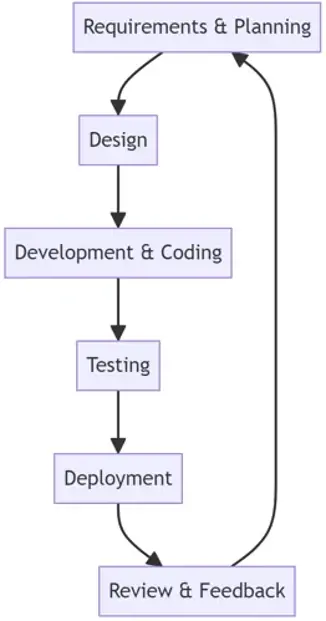
Benefits of Agile SDLC:
- Flexibility and Adaptability: Agile is built to accommodate and embrace changes.
- Improved Product Quality: Continuous testing means issues are identified and fixed sooner.
- Faster Time to Market: Regular iterations mean that usable features can be deployed faster.
- Enhanced Collaboration: Regular feedback loops ensure that teams stay aligned with the project goals and customer needs.
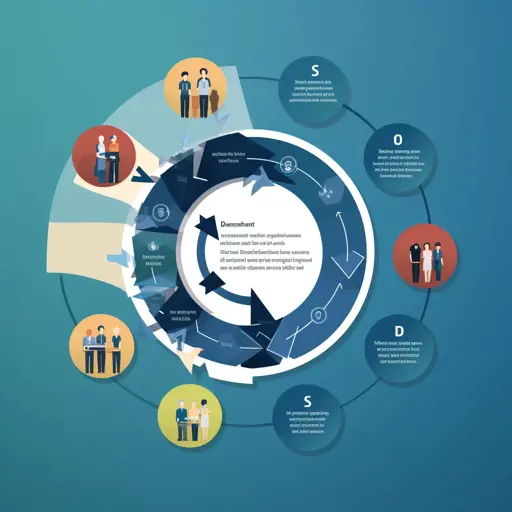
Challenges of Agile SDLC:
- Requires Experienced Team Members: Agile places a lot of responsibility on individuals and requires a skilled team to be effective.
- Can Be Hard to Predict: Without a fixed plan, predicting the end-point can be challenging.
Not Always Ideal for Large Projects: Extremely large projects may become unwieldy under Agile unless broken down into smaller components.
Agile SDLC in the Modern Landscape:
The Agile methodology, though not new, has gained significant traction in the last decade, especially with the rise of tech startups and the need for rapid software releases. Let’s delve into how Agile SDLC has been a game-changer in modern software development practices.
Key Principles of Agile SDLC:
- Customer Collaboration Over Contract Negotiation: Agile places paramount importance on collaborating with customers. This approach ensures that the software meets real-world needs and can pivot as those needs evolve.
- Working Software Over Comprehensive Documentation: Agile emphasizes a functional software product over exhaustive documentation. While documentation is still vital, the focus shifts to producing tangible results.

- Individuals and Interactions Over Processes and Tools: While processes and tools are essential, Agile underscores the significance of individual contributions and team dynamics.
- Responding to Change Over Following a Plan: In a rapidly changing tech landscape, the ability to adapt is a competitive advantage. Agile is structured to welcome changes, even late in the development process.
Incorporating Modern Tools in Agile SDLC:
The success of Agile in today's environment is also attributed to various tools that facilitate the Agile processes. Tools like JIRA, Trello, and Asana help in sprint planning, tracking progress, and maintaining transparency among the team.
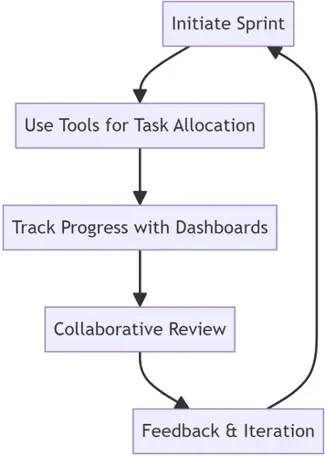
Importance of Continuous Integration and Continuous Deployment (CI/CD):
Incorporating CI/CD into Agile SDLC ensures that code changes are automatically tested and prepared for a release to production. This automation not only speeds up the development process but also enhances the software's reliability.
Wrap-Up:
The Agile Software Development Life Cycle, combined with modern collaboration tools and CI/CD practices, makes software development more responsive, efficient, and aligned with business objectives. Organizations embracing Agile are better positioned to innovate, adapt, and excel in today's competitive marketplace.
Embracing the Agile SDLC can revolutionize how organizations approach software development, fostering a culture of continuous improvement and adaptation. It's a methodology that responds dynamically to the real-world challenges of software development.
For More Information Please Contact Us

ACCREDITATIONS
